So, the Feds created an “FTC power rating.” This called for measuring the RMS watts of a stereo amplifier when both channels were driven to full power. In addition, the measurements needed to be taken over the full audio range from 20-20,000 Hz at a distortion level of under 1%. This created more of a level playing field among manufacturers and was helpful to the consumer.
Unfortunately, nowadays it seems as if anything goes. Major manufacturers of audio/video receivers offer RMS ratings with only 2 channels driven. When Sound & Vision magazine tests 7 channel audio/video receivers, they often measure the power with all 7 channels driven. More often than not, their power rating is half or less of the manufacturer’s. So, that 100 watts per channel you think you’re getting may actually be less that 50 when you drive all the channels at once. Manufacturers may are argue that it isn’t often that all channels are driven to the maximum level at the same time, but I don’t see how they know this.
With subwoofer amplifiers, many once-respected companies rate their amplifiers in peak watts. Unlike our RSL Speedwoofer 10, most subwoofers use Class D digital amplifiers. Digital amplifiers don’t distort the same way that normal analog amplifiers do. As a result, it’s possible to greatly inflate a peak power rating. I’ve seen subwoofer amplifiers rated at many watts that wouldn’t even put out a third of that power, if it was rated honestly. Companies feel compelled to do this, because they want to appear to be competitive to the unenlightened consumer. We’re now even seeing receivers from respected companies rated in peak watts. We’re not saying that you shouldn’t buy these products. We’d just like you to be aware that when it comes to power ratings, there’s more than meets the eye (or ear).


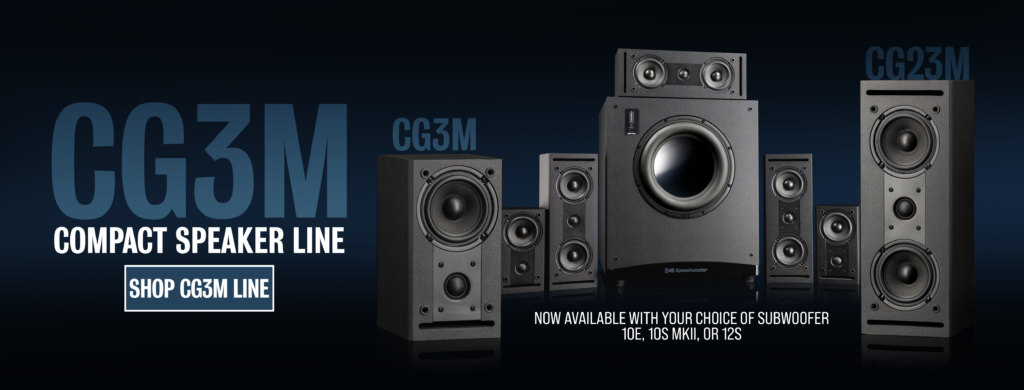
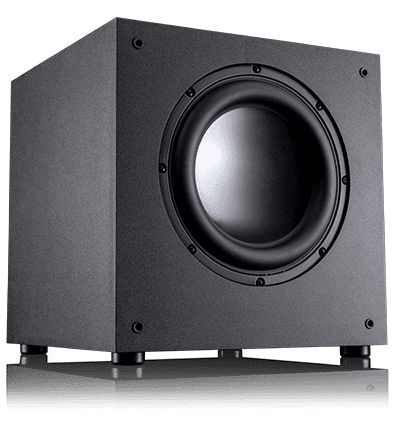
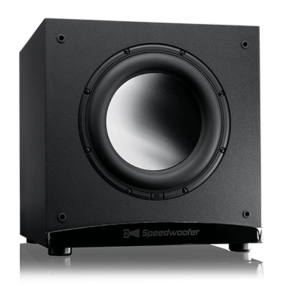
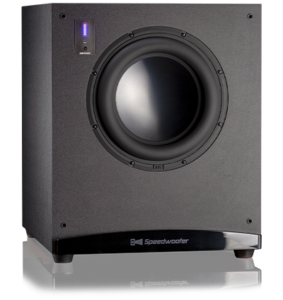
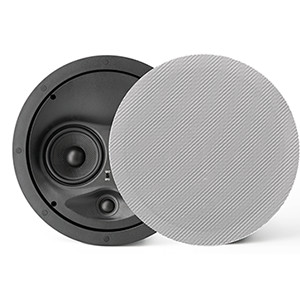
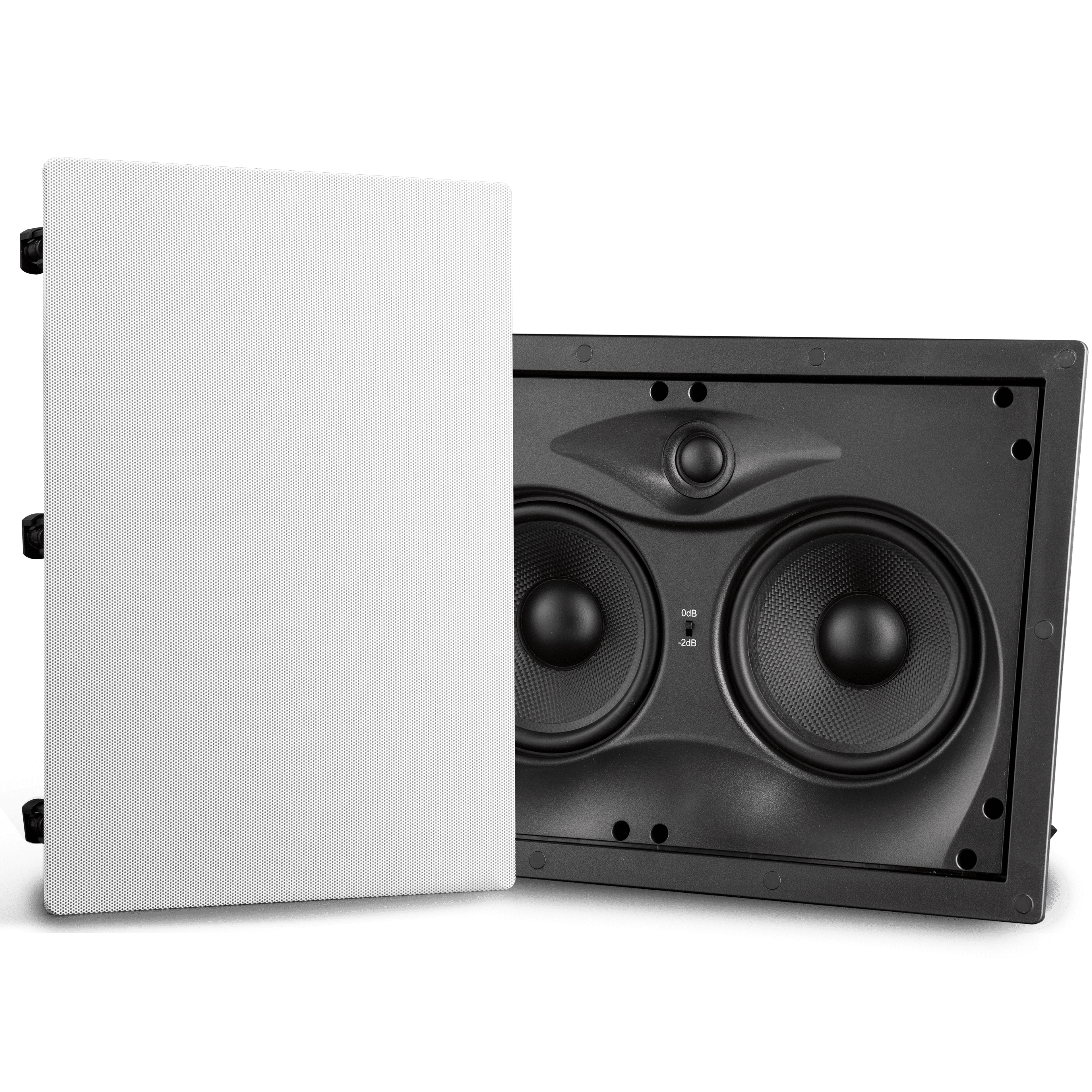
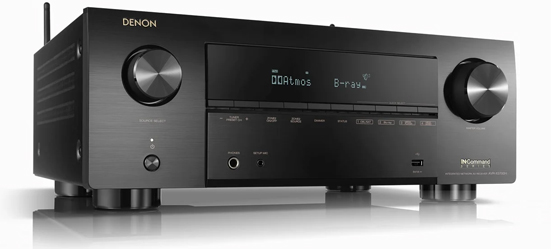

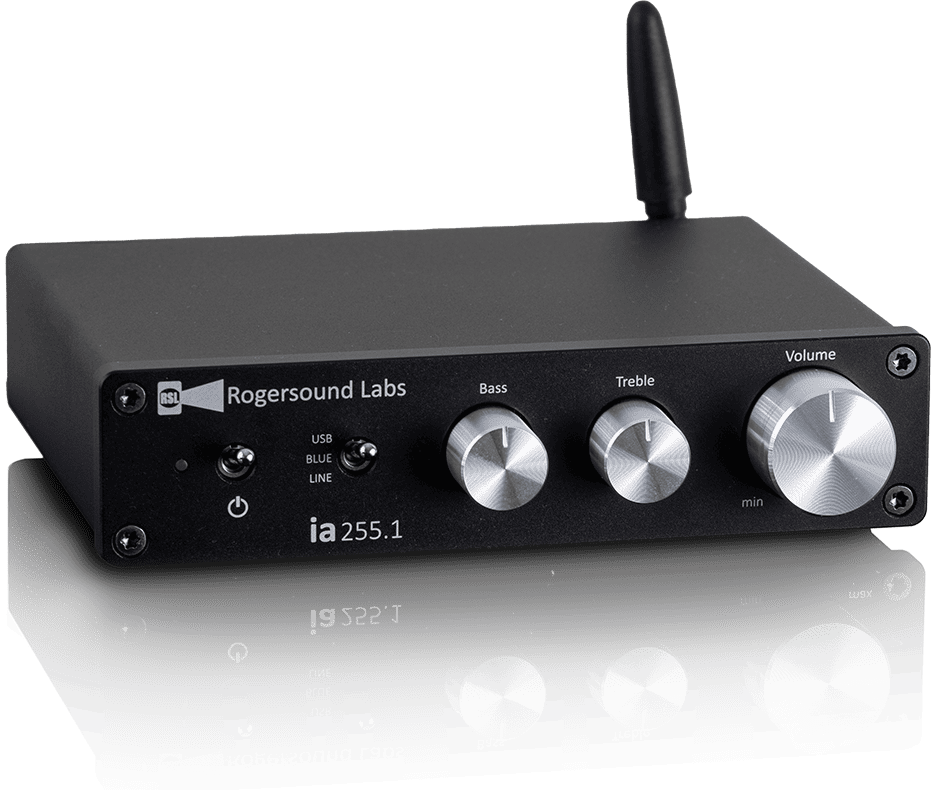

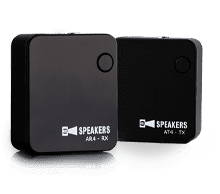
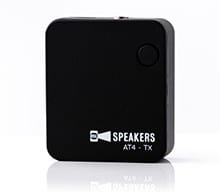
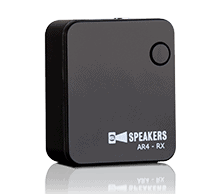
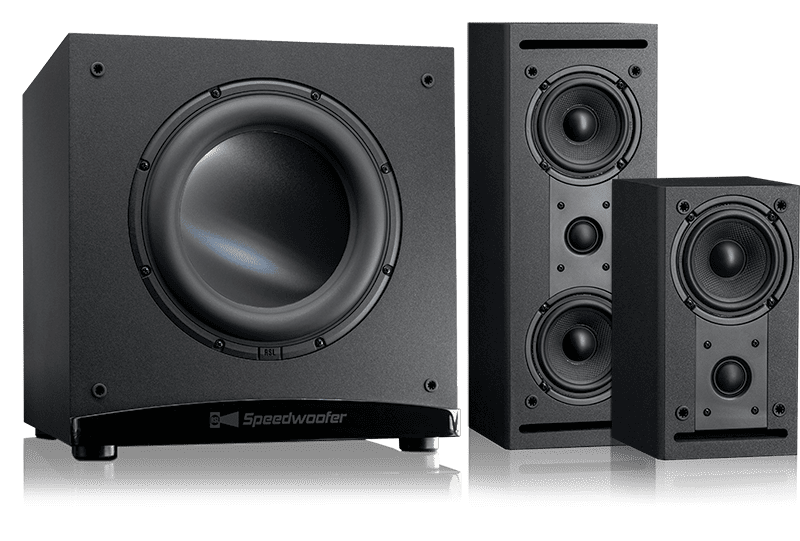
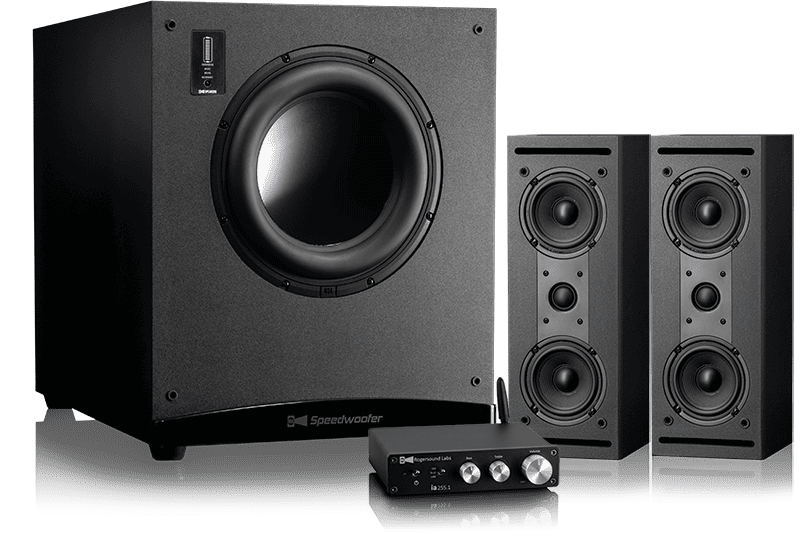
Leave A Comment